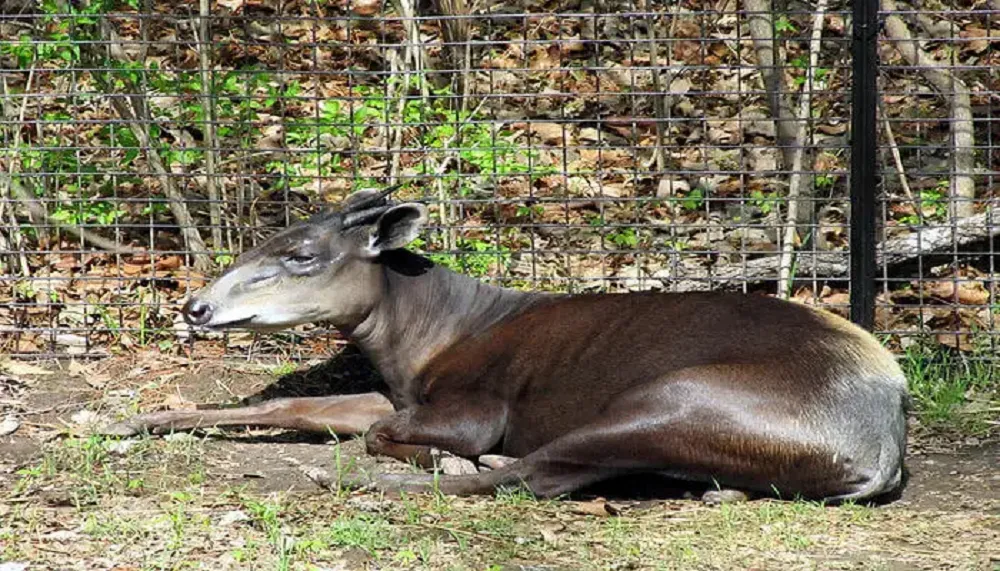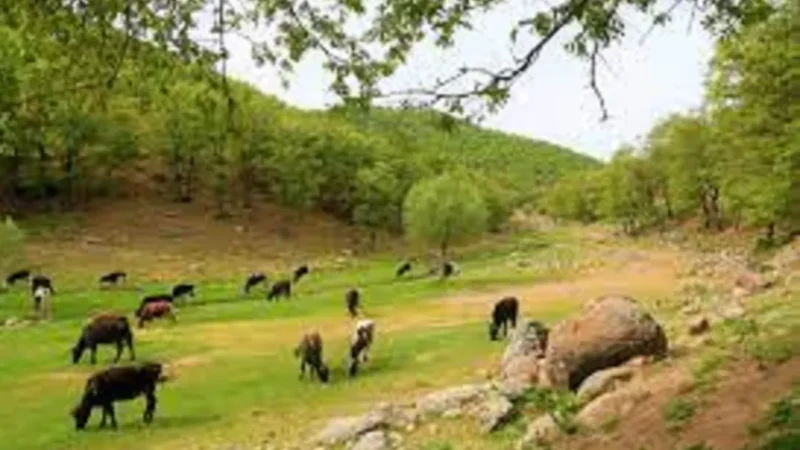Top 5 Wildlife Sanctuary in Tripura

Table of Contents
ToggleTripura Wildlife Sanctuary -
As the smallest state in the northeastern region, Tripura might be easy to overlook on the map, but its wilderness is insignificant. Beneath its serene landscapes lies a realm of biodiversity waiting to be explored. Join us as we journey through the dense forests, meandering rivers, and verdant hills to discover the lesser-known sanctuaries that guardians Tripura’s ecological heritage.
In this blog, we’ll take you on an adventure into the heart of Tripura’s wild sanctuaries. From the Sipahijola Wildlife Sanctuary, where birds serenade the trees with their melodies, to the Gumti Wildlife Sanctuary, where the elusive Indian bison roams free, we’ll traverse the landscapes where nature unfolds its secrets.
Here are the wildlife sanctuaries in Tripura, India:
1- Gumti Wildlife Sanctuary
The Gumti Wildlife Sanctuary is located in the South Tripura district of Tripura, India. It is spread over an area of 389.54 square kilometers. The sanctuary was established in 1976 and is home to various animals, including elephants, tigers, leopards, deer, rhinoceros, and wild boar.
The sanctuary is also home to various birds, including the lesser adjutant stork, darter, and black eagle. The sanctuary is a popular tourist destination and offers a variety of activities, including jeep safaris, elephant rides, and bird watching.
The best time to visit the Gumti Wildlife Sanctuary is during the dry season, from November to April. The sanctuary is closed during the monsoon season, from May to October.
Here are some of the things to do in the Gumti Wildlife Sanctuary:
- Go on a jeep safari to see the animals.
- Take an elephant ride through the forest.
- Go bird watching in the sanctuary.
- Visit the Interpretation Centre to learn about the sanctuary’s history and wildlife.
The entry fee for Gumti Wildlife Sanctuary is INR 50 for adults and INR 25 for children. The sanctuary is open from 6:00 AM to 5:00 PM.
2- Rowa Wildlife Sanctuary
Tucked away in the northeastern paradise of Tripura, the Rowa Wildlife Sanctuary is a hidden gem that showcases the breathtaking beauty of the region’s natural landscapes. Spread across undulating hills and lush forests; this sanctuary is a living canvas where nature’s artistry unfolds in all its glory.
A Green Sanctuary: Spanning over 85 hectares, the Rowa Wildlife Sanctuary is a haven for flora and fauna. The sanctuary’s verdant expanses are adorned with diverse plant species, from towering trees to delicate ferns, creating a soothing symphony of green.
Avian Haven: For bird enthusiasts, Rowa is a paradise. The sanctuary’s dense vegetation and water bodies attract many avian species. The melodies of songbirds and the vivid plumage of various birds paint the sanctuary with vibrant colors, creating an ethereal atmosphere.
Butterfly Wonderland: Rowa is home to avian wonders and a haven for butterflies. These delicate insects flit through the air, adding dashes of color to the sanctuary’s already vibrant landscape. Their presence is a testament to the sanctuary’s healthy ecosystem.
Trails of Exploration: The sanctuary offers walking trails that wind through its pristine beauty. As you wander along these paths, you’ll have the chance to witness the wonders of the sanctuary up close, from the smallest insects to the tallest trees.
A Nature Retreat: In a world that’s often filled with noise and chaos, Rowa provides a peaceful retreat where you can reconnect with the tranquility of nature. It’s a place where you can unplug from the demands of modern life and simply revel in the beauty surrounding you.
Practical Considerations: The sanctuary is easily accessible from Agartala, making it a perfect day trip for nature enthusiasts. Visiting during the suitable seasons is recommended to maximize the chances of spotting butterflies and birdlife.
3- Trishna Wildlife Sanctuary
The Trishna Wildlife Sanctuary is located in South Tripura district of Tripura, India. It is spread over an area of 163 square kilometers. The sanctuary was established in 1988 and is home to various animals, including elephants, deer, and wild boar. It is also home to several birds, including the Indian hornbill, peacock, and kingfisher.
The sanctuary is named after the Trishna River, which flows through it. The sanctuary is a popular tourist destination and offers a variety of activities, including jeep safaris, elephant rides, and bird watching.
The best time to visit the Trishna Wildlife Sanctuary is during the dry season, from November to April. The sanctuary is closed during the monsoon season, from May to October.
4- Sepahijala Wildlife Sanctuary
Nestled in the picturesque landscapes of Tripura, the Sipahijola Wildlife Sanctuary is a testament to the region’s commitment to preserving its rich biodiversity. Spread over an area of around 18.53 square kilometers; this sanctuary is a sanctuary for flora and fauna.
A Haven for Avian Delights: Sipahijola is a paradise for birdwatchers, boasting a vibrant avian population that graces its forests, wetlands, and water bodies. With over 150 species of birds, including the colorful Indian pitta, the sanctuary transforms into a symphony of bird calls and melodies, especially during the migratory season.
The Primate Connection: One of the sanctuary’s highlights is its conservation efforts for primates, particularly the endangered spectacled langur and the capped langur. Sipahijola’s specialized primate enclosure provides a safe space for these creatures, showcasing its dedication to wildlife preservation and research.
Varied Ecosystems: The sanctuary’s diverse landscapes include evergreen forests, grasslands, and swampy areas. These ecosystems collectively provide homes to various species, from the smallest insects to the larger mammals that roam the grounds.
Butterfly Park: Sipahijola doesn’t just cater to its furry and feathery inhabitants; it’s also a haven for butterflies. The sanctuary’s Butterfly Park is a mesmerizing display of fluttering wings and vibrant colors, creating a unique experience for visitors.
Boating Amidst Nature: A boat ride on the serene waters of the sanctuary is a chance to witness its beauty from a different perspective. As you glide across the water, you might catch glimpses of wildlife coming to drink from the lakeshores or wading through the shallows.
5- Clouded Leopard National Park
The Clouded Leopard National Park is located in the Khowai district of Tripura, India. It is spread over an area of 107 square kilometers. The park was established in 2007 and is home to the clouded leopard, an endangered species.
The park is also home to other animals, including elephants, deer, wild boar, and primates. It is also home to several birds, including the hornbill, peacock, and kingfisher.
The park is named after the clouded leopard, a shy and elusive animal. The clouded leopard is a tree-dwelling cat that is found in the forests of Southeast Asia. Its spotted coat and long tail characterize it.
The Clouded Leopard National Park is a popular tourist destination and offers a variety of activities, including jeep safaris, elephant rides, and bird watching.
The best time to visit the Clouded Leopard National Park is during the dry season, from November to April. The park is closed during the monsoon season, from May to October.

